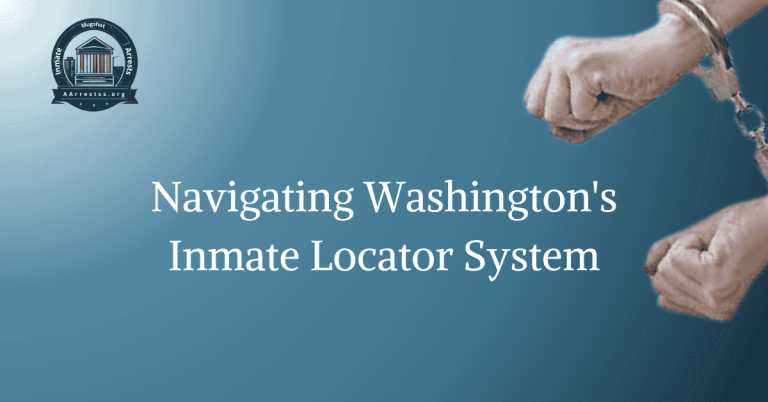Examining Trends in Connecticut’s Arrest Records
Connecticut’s arrest records provide valuable insights into the trends and patterns of criminal activity within the state. By analyzing these records, we can identify shifts in crime rates, understand the demographics of those involved in criminal activity, and evaluate the effectiveness of law enforcement strategies. This in-depth examination of arrest records allows us to gain a comprehensive understanding of the criminal justice system in Connecticut and make informed decisions regarding public safety.
Through the use of advanced data analysis techniques, we can uncover hidden patterns and correlations within Connecticut’s arrest records. By studying factors such as time of day, location, and type of offense, we can identify hotspots for criminal activity and develop targeted intervention strategies. Additionally, analyzing demographic information such as age, gender, and race can help us address issues of inequality and ensure fair treatment within the criminal justice system.
Analyzing Crime Rates
One of the key benefits of studying Connecticut’s arrest records is the ability to analyze crime rates. By examining the number of arrests over a specific time period, law enforcement agencies and policymakers can identify trends and patterns in criminal activity. This information can then be used to allocate resources, develop prevention strategies, and evaluate the effectiveness of existing law enforcement measures. By understanding fluctuations in crime rates, authorities can take proactive s to maintain public safety.
Understanding Demographics
Another important aspect of analyzing Connecticut’s arrest records is gaining insights into the demographics of those involved in criminal activity. By examining data on age, gender, and race, we can identify any disparities or inequalities within the criminal justice system. This information is crucial for ensuring fair treatment and addressing any issues of bias or discrimination. By understanding the demographic makeup of individuals involved in criminal activity, authorities can work towards implementing policies that promote equal treatment and reduce disparities.
Identifying Hotspots
Using advanced data analysis techniques, Connecticut’s arrest records can help in identifying hotspots for criminal activity. By studying factors such as time of day, location, and type of offense, law enforcement agencies can pinpoint areas that require focused attention and intervention. This information allows for the development of targeted strategies to combat crime and improve public safety. By identifying hotspots, authorities can allocate resources effectively and implement measures to prevent criminal activity in specific areas.
Developing Intervention Strategies
By analyzing Connecticut’s arrest records, it becomes possible to develop targeted intervention strategies. Through the identification of patterns and correlations within the data, law enforcement agencies can gain insights into the underlying causes and factors contributing to criminal activity. This information can then be used to develop prevention and intervention programs tailored to address specific types of offenses or risk factors. By implementing evidence-based strategies, authorities can work towards reducing crime rates and improving community safety.
Ensuring Public Safety and Fair Treatment
Ultimately, the comprehensive examination of Connecticut’s arrest records allows for informed decision-making regarding public safety. By understanding the criminal justice system in detail, authorities can make data-driven decisions to improve law enforcement strategies, address issues of inequality, and ensure fair treatment for all individuals within the system. Utilizing the insights gained from the analysis of arrest records, policymakers can implement targeted interventions, allocate resources effectively, and work towards creating a more just and safe society.
FAQs
What are arrest records?
Arrest records are official documents that provide details about a person’s arrest, including the charges brought against them, the date and location of the arrest, and any additional information relevant to the case.
How can I access arrest records in Connecticut?
To access arrest records in Connecticut, you can visit the website of the Connecticut Judicial Branch and search for the records using the person’s name or other relevant information. You may also need to pay a fee or provide identification to access certain records.
Can I view arrest records for anyone?
No, arrest records are generally considered public records, but they may be subject to certain restrictions or limitations. In some cases, access to arrest records may be restricted to authorized individuals or organizations, such as law enforcement agencies or employers conducting background checks.
What can I learn from examining trends in Connecticut’s arrest records?
By examining trends in Connecticut’s arrest records, you can gain insights into the types of crimes being committed, the demographics of individuals being arrested, and any patterns or changes in criminal behavior over time. This information can be useful for research, policy-making, and understanding the criminal justice system.
Are arrest records permanent?
Arrest records are typically permanent and remain on file even if the charges are dropped or the person is acquitted. However, in some cases, individuals may be able to have their arrest records sealed or expunged, meaning they are no longer accessible to the general public.
Can arrest records be used in employment background checks?
Yes, arrest records can be used in employment background checks, but there are certain legal limitations and regulations that govern their use. Employers must comply with federal and state laws, such as the Fair Credit Reporting Act, which outlines the rights of individuals and the responsibilities of employers when using arrest records as part of the hiring process.








